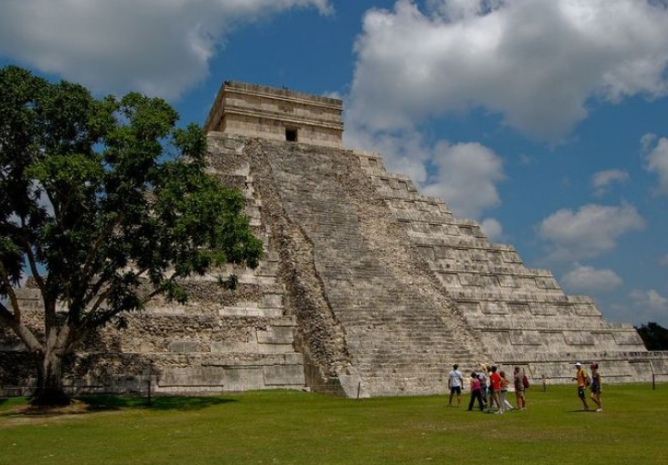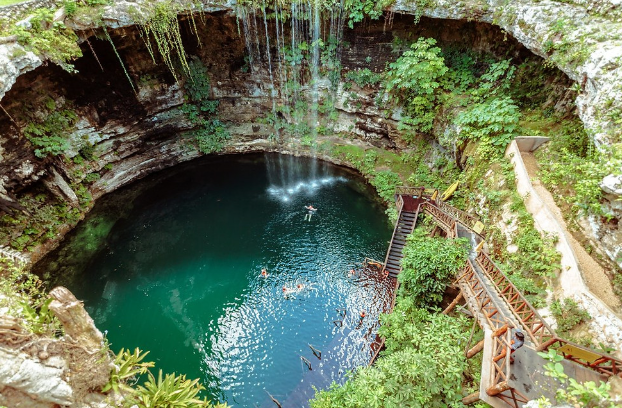With a history that dates back nearly 13,000 years, seven climate regions and some 6,000 miles of coastline, Mexico is a vast, complex land, worthy of exploring.
Historical offerings range from ancient temples to massive cathedrals built by the Spaniards but its natural landscapes, both along the coast as well as throughout the nation’s interior are equally impressive.
Cultural offerings are plentiful, ranging from ancient temples to massive cathedrals and ultra-modern museums. But the country’s natural landscapes, both coastal and interior, are equally impressive.
Planning a visit? Here are a few uniquely local experiences fully worth checking out.
Mayan/Aztec Temples
It would probably require years to fully explore all of Mexico’s ancient temples. History buffs should plan to add at least one excursion to an ancient temple to their wander-list.

Among the most famous is Teotihuacan near Mexico City. The complex, which means City of the Gods, is among the oldest in Mexico and home to more than 600 pyramids including the famed Pyramid of the Sun.
Just a few others temples complexes worth a visit are Tulum, a walled Mayan city in the Riviera Maya, Coba and Chichen Itza along the Yucatan Peninsula.
Cenotes
No doubt the beaches along the Riviera Maya are some of the finest in the world. But Mexico insiders know the best swimming holes are literally swimming holes, known as cenotes, which are found sunken below ground primarily throughout the Riviera Maya.

Cenote translates to “sacred well” and indeed there is something spiritual about floating and snorkeling in these supremely pristine waters.
Xochimilco
Quick history lesson: Mexico City was once a small island located inside of a huge lake known as Texcoco. The Aztec people (also often referred to as the Mexica) built their home there, expanding it until Lake Texcoco all but disappeared. One of the few places where the original waters remain is Xochimilco in Mexico City.
This festive location is popular with visitors and locals alike, who can rent boats called trajineras. While on the water, vendors on other trajineras ply their wares—everything from Mariachi music to handmade tortillas.
Monarch Butterfly Biosphere Reserve
Deep in the forested mountains northwest of Mexico City is the UNESCO-designated Monarch Butterfly Reserve. Every year in the fall, millions of Monarch butterflies return to the reserve turning the area a yellow gold when they are all present.
The science behind why they return largely confounds scientists, especially since the butterflies spend eight months on a migratory route to Eastern Canada and back, during which time four generations are born and then die.
Ballet Folklorico de Mexico de Amalia Hernandez
Sometimes history can’t be written. It must be recorded in other manners.
Count Amalia Hernandez among the top historians in Mexico. Since the 1950s the now-late dancer toured the country searching to preserve the dances representative to each region.
The Ballet Folklorico continues to perform in every Wednesday and Sunday at the Palacio de Bellas Artes in Mexico City. Even if you’re not a fan of dance, the theatre is well worth a visit.

Leave a Reply